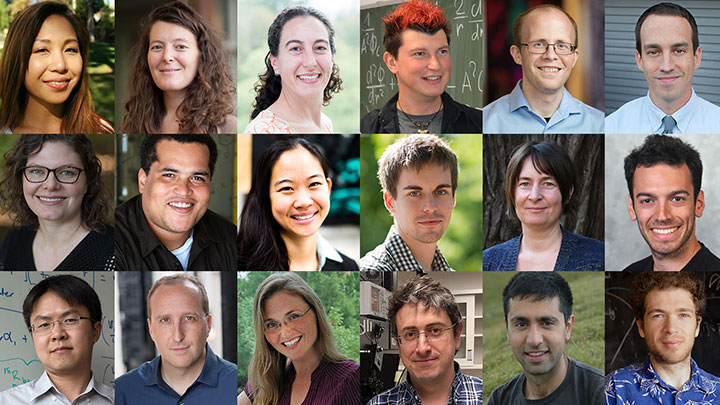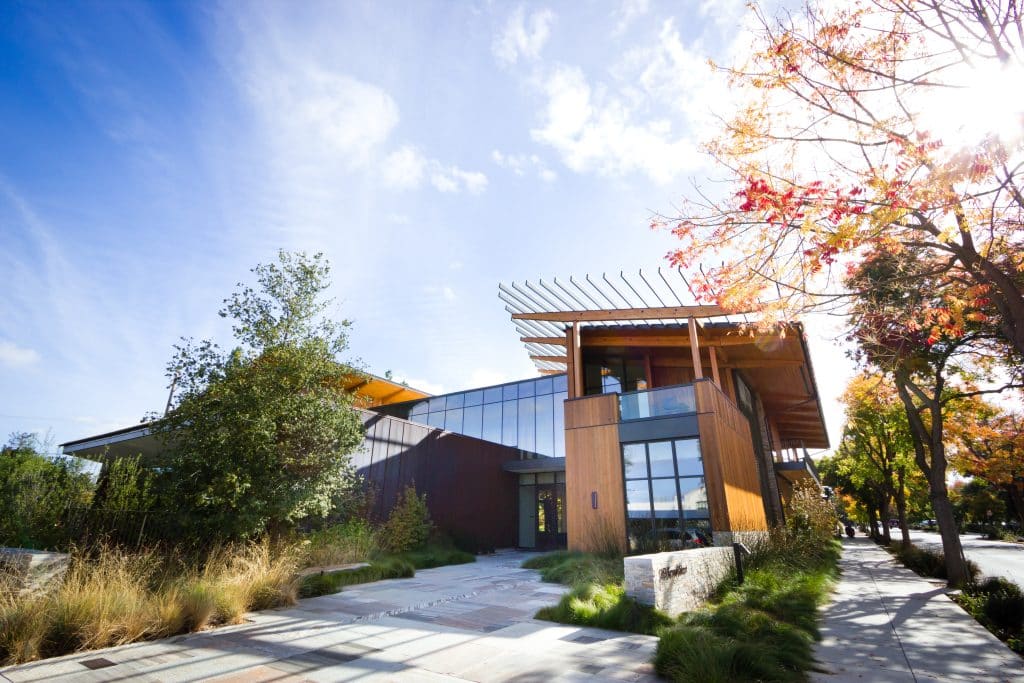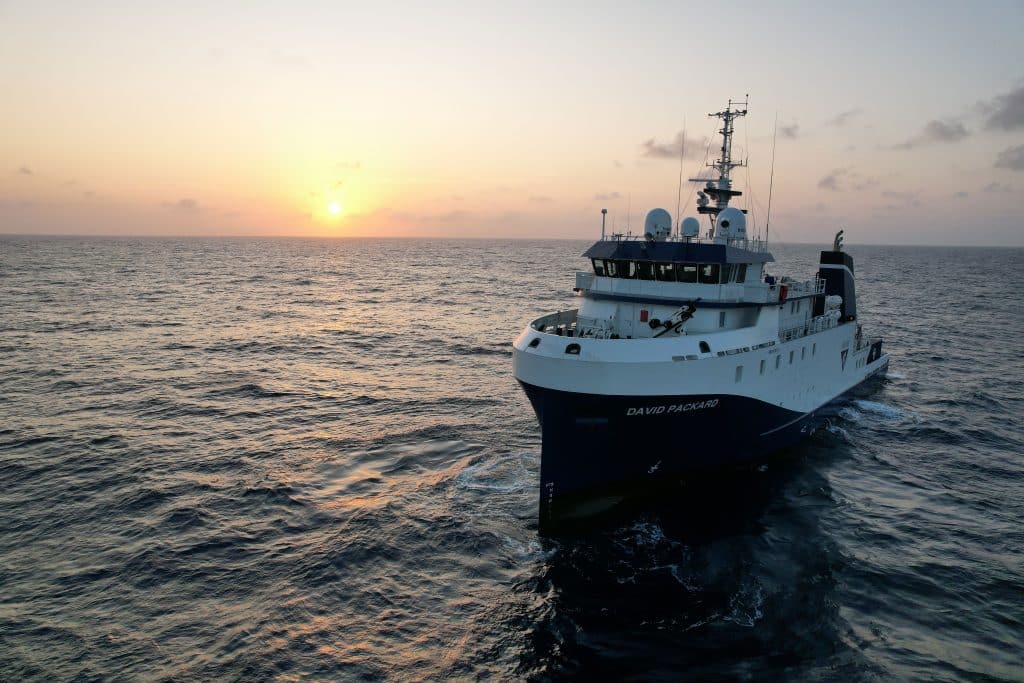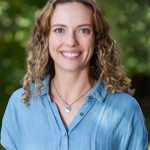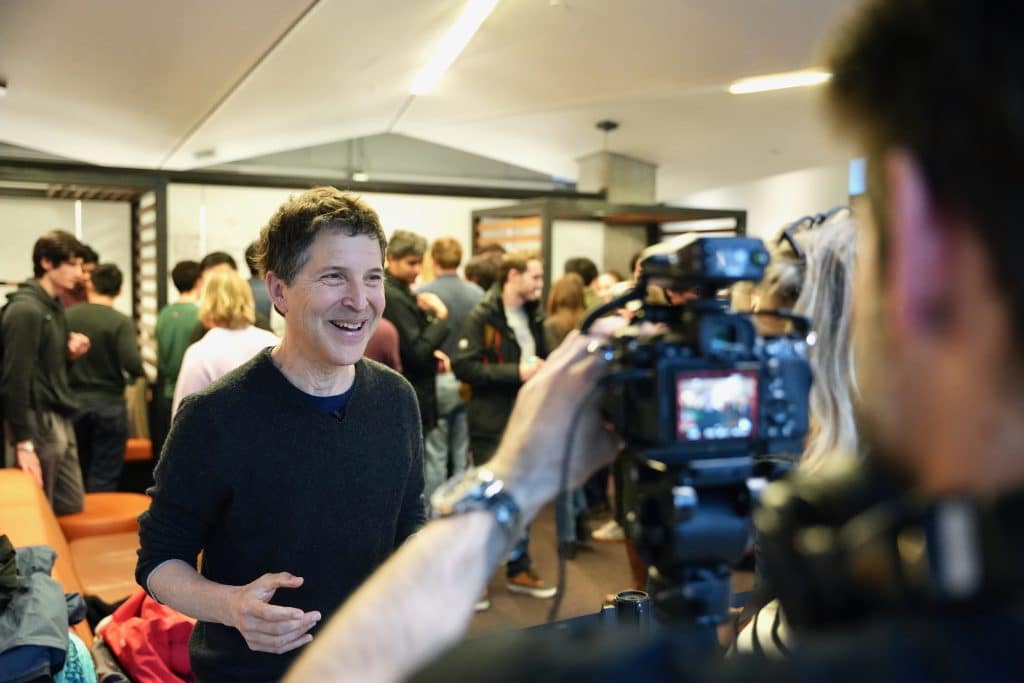October 16, 2017 (Los Altos, CA) – Today, the David and Lucile Packard Foundation named 18 of the nation’s most innovative, early-career scientists and engineers as recipients of the 2017 Packard Fellowships for Science and Engineering. Each Fellow will receive $875,000 over five years to pursue their research.
The Packard Fellowships are among the nation’s largest nongovernmental fellowships, designed to allow maximum flexibility in how the funding is used. Packard Fellows have gone on to achieve significant accomplishments, receiving additional awards and honors that include the Nobel Prize in Physics, the Fields Medal, the Alan T. Waterman Award, MacArthur Fellowships, and elections to the National Academies. Their work has led to impressive research outcomes, including the development of the CRISPR-Cas9 gene-editing technique, sequencing the Ebola virus genome, the creation of Bose-Einstein condensates, and pioneering research on glaciology and abrupt climate change.
“These scientists and engineers are tackling unanswered questions and pushing the boundaries of their fields,” said Frances Arnold, Chair of the Packard Fellowships Advisory Panel and former Packard Fellow, of this year’s class. “Their innovations could lead to breakthroughs in how we live our lives and our understanding of nature. Is there another planet in our solar system? Can we find a way to predict earthquakes? Can learning more about how we make memories help us preserve them? If past fellowships are any indication, the possibilities are boundless.”
Since 1988, the Foundation has awarded $394 million to support 577 scientists and engineers from 54 national universities. The Fellowships program was inspired by David Packard’s commitment to strengthen university-based science and engineering programs in the United States, recognizing that the success of the Hewlett-Packard Company, which he cofounded, was derived in large measure from research and development in university laboratories.
This year, the Foundation increased its overall grant budget in response to new challenges to promote stronger national support for science and greater reliance on evidence-based decision-making. The Packard Foundation’s work is grounded in science and research to ensure the Foundation’s investments have lasting impact.
“David Packard was passionate about investing in our country’s scientists and engineers because he believed philanthropy could play a unique role in sparking discovery,” said Lynn Orr, Packard Fellows Advisory Panel member and former Foundation Trustee. “Unrestricted, flexible funding, coupled with support from universities, the public sector, industry, and nonprofit organizations provides scientists and engineers creative space to unearth new knowledge.”
The Packard Foundation established the Fellowships program in 1988. Each year, the Foundation invites 50 universities to nominate two faculty members for consideration. The Packard Fellowships Advisory Panel, a group of 12 internationally-recognized scientists and engineers, evaluates the nominations and recommends Fellows for approval by the Packard Foundation Board of Trustees.
Packard Fellows must be faculty members who are eligible to serve as principal investigators on research in the natural and physical sciences or engineering, and must be within the first three years of their faculty careers. Disciplines that are considered include physics, chemistry, mathematics, biology, astronomy, computer science, earth science, ocean science and all branches of engineering.
The recipients of the 2017 Packard Fellowships in Science and Engineering are:
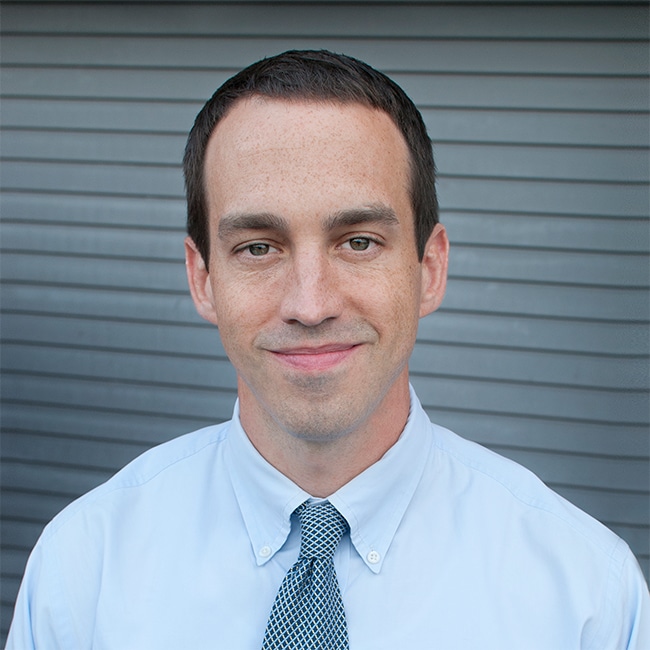
Jonathan C. Barnes
Department of Chemistry, Washington University, St. Louis
Discipline: Chemistry
The human musculature consists of tightly bundled fibers that are capable of changing their size, shape, and mechanical properties. Barnes’ lab explores the design and synthesis of functional polymer-based materials, for the development of non-toxic combination drug delivery systems, stimuli-responsive materials, new polymer architectures, and templates for biomacromolecules. They hope to find macromolecular solutions to major challenges in chemistry, medicine, and materials science.
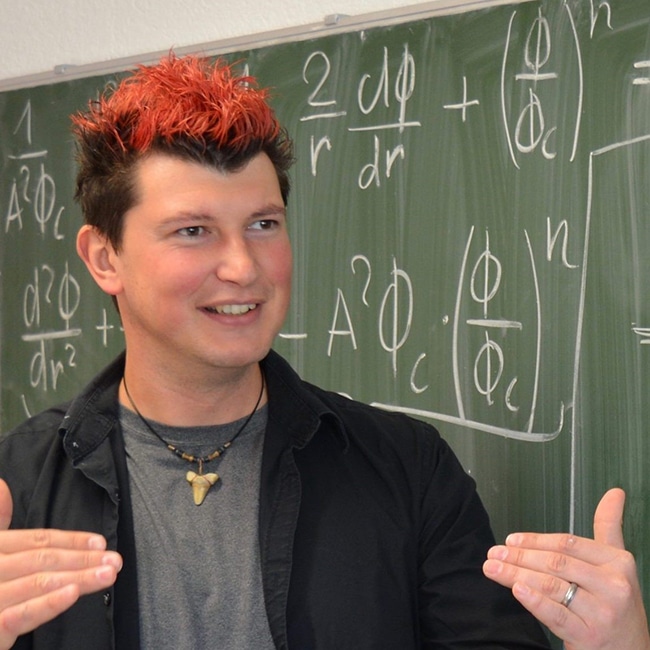
Konstantin Batygin
Division of Geological and Planetary Sciences, California Institute of Technology
Discipline: Astronomy, Astrophysics, Cosmology
The most distant bodies within an expansive field of icy debris beyond Neptune’s orbit have a peculiar orbital alignment, and collectively point to the existence of an additional, Neptune-like planet in the solar system. Batygin plans to conduct an extensive suite of theoretical and numerical calculations that will identify the distant planet’s location, and discover it observationally, seeking to unravel the dramatic narrative of the formation and evolution of planetary systems.
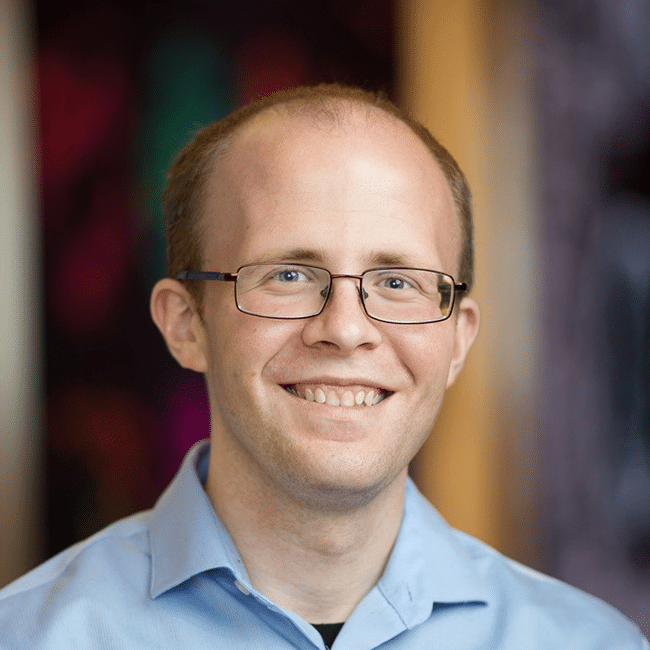
Michael Birnbaum
Department of Biological Engineering, Massachusetts Institute of Technology
Disciplines: Biological Sciences
Birnbaum’s research group combines mechanistic immunology, protein engineering, and computational methods to better understand and manipulate immune recognition and signaling. By identifying the determinants of successful immunity, his research group works to create safer, more effective treatments for infectious diseases, autoimmunity, and cancer.
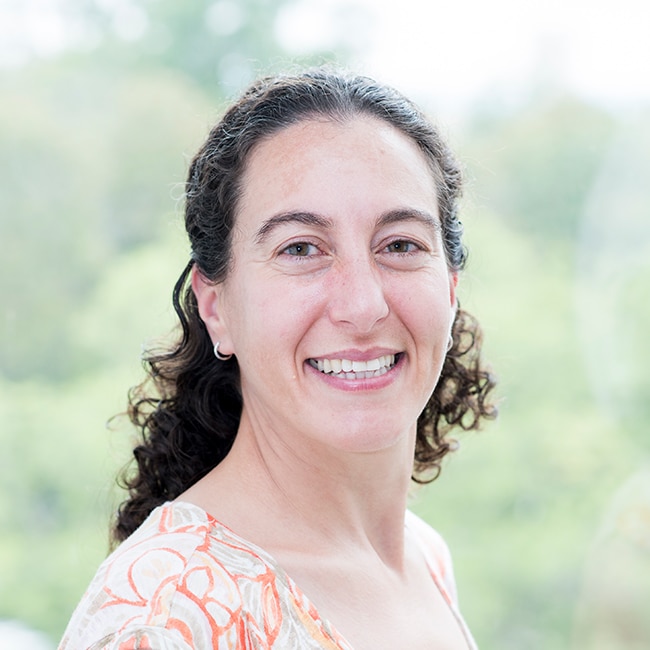
Ilana Brito
Department of Biomedical Engineering, Cornell University
Discipline: Biological Sciences
Bacteria can rapidly adapt to changing environmental conditions by incorporating novel DNA into their genomes. This process of gene transfer underlies the spread of antibiotic resistance among the world’s most notorious pathogens. Brito’s lab is developing new tools to better predict the spread of genes in natural microbial communities.
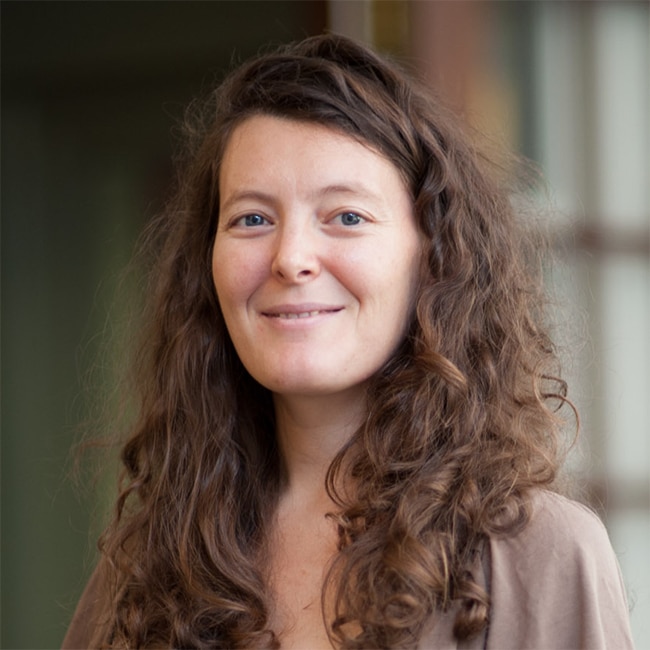
Marine A. Denolle
Department of Earth and Planetary Sciences, Harvard University
Discipline: Geosciences
Major urban areas are often developed on soft soils and subject to strong seismic amplification during earthquakes. Exploiting underground natural resources alters the structure and may affect our understanding of seismic hazard. Denolle’s research characterizes the evolution of seismic hazard due to earthquake ground motions and natural resource exploitation, and seeks to predict the evolution of seismic hazard in urban areas.

Elaine Hsiao
Department of Integrative Biology and Physiology, University of California, Los Angeles
Disciplines: Biological Sciences
Inspired by the amazing and complex interactions between organ systems, the Hsiao lab is studying how changes in the microbiome and immunity impact brain function and behavior. They aim to uncover mechanisms for communication between gut bacteria, immune cells, and neurons, toward understanding how these signaling pathways impact neurological disease.
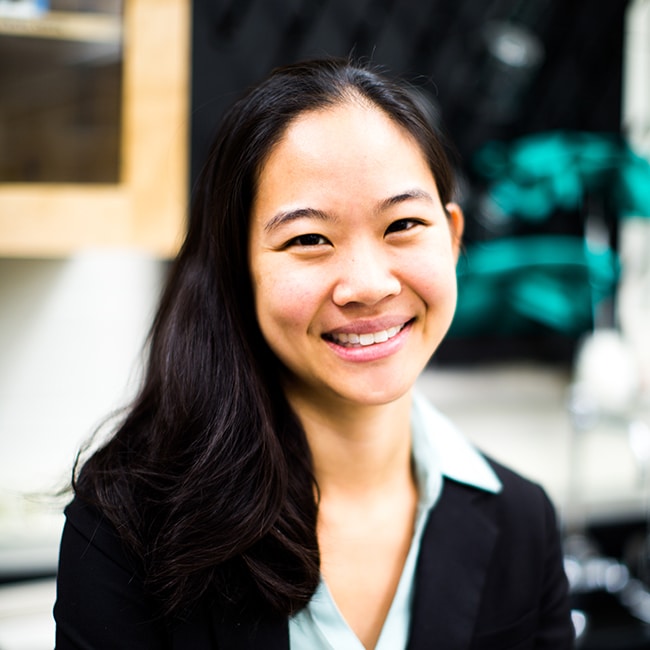
Pinshane Huang
Department of Materials Sciences and Engineering, University of Illinois, Urbana-Champaign
Discipline: Materials Science, Nanotechnology
Huang’s research develops techniques that use electron microscopes to characterize matter with single atom precision, with the ultimate goal of enabling an era in which materials can be designed and perfected at the level of individual atoms.
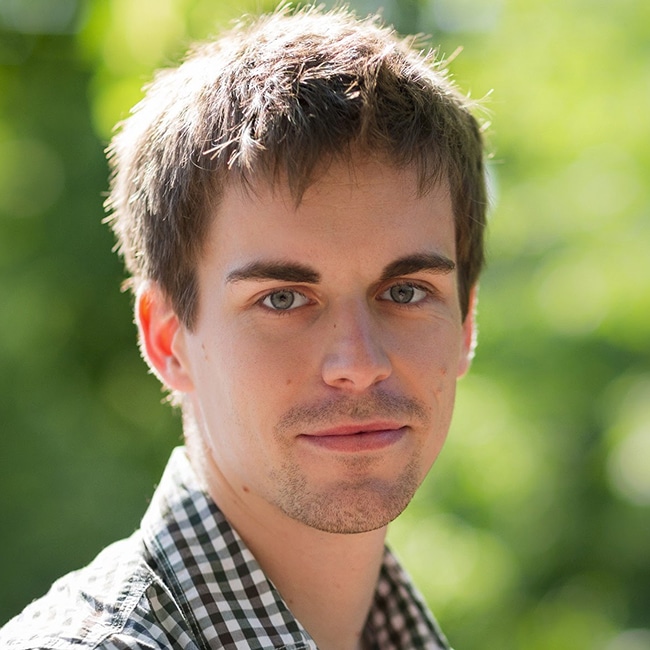
Christoph M. Keplinger
Department of Mechanical Engineering, University of Colorado, Boulder
Discipline: Engineering – Civil or Mechanical
The Keplinger Research Group aims to synergize concepts from soft matter physics and polymer chemistry with advanced engineering technologies in order to solve problems that impede human progress. Their current research is focused on the development of high-performance, self-healing artificial muscles, as well as on generating sustainable energy from untapped sources of renewable energy, such as ocean waves.
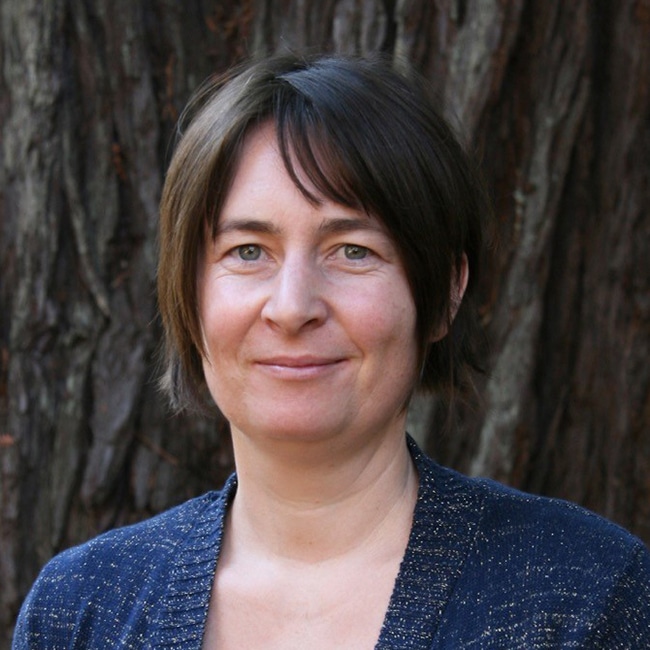
Alexie S. Leauthaud-Harnett
Department of Astronomy and Astrophysics, University of California, Santa Cruz
Discipline: Astronomy, Astrophysics, Cosmology
Understanding the nature of dark energy and dark matter, which together make up 95% of the mass-energy density of the current-day universe, are two of the most fundamental questions in modern physics. Leauthaud-Harnett’s group specializes in the design, analysis, and theoretical interpretation of maps of the sky containing millions of galaxies, in order to characterize dark energy and understand how galaxies and dark matter structures grow with time.
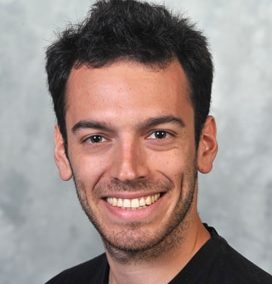
Nir M. Navon
Department of Physics, Yale University
Discipline: Physics
Turbulence is among the most mysterious phenomena in nature, with extensive ramifications in biology, mathematics, and physics. Using a novel experimental approach, Navon’s research group synthesizes highly-controllable quantum matter to explore complex many-body phenomena in extremely pure conditions: from the production of new quantum phases of matter, to the study of turbulence in dilute quantum fluids.
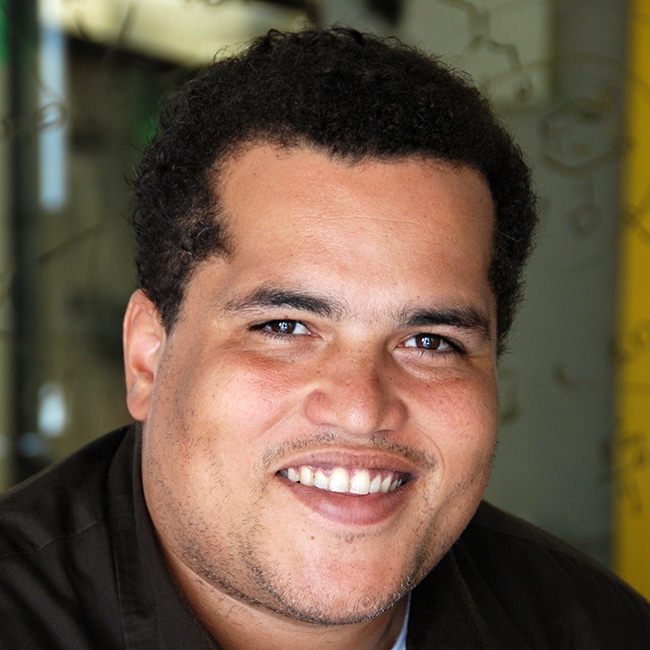
Hosea M. Nelson
Department of Chemistry and Biochemistry, University of California, Los Angeles
Discipline: Chemistry
Nelson’s lab is focused on discovering new chemical reactions that will enable the efficient and environmentally-benign syntheses of fuels, materials, and medicines. They take an interdisciplinary approach, exploring novel concepts in chemical catalysis that lie at the interface of organic synthesis, inorganic chemistry, and molecular biology.
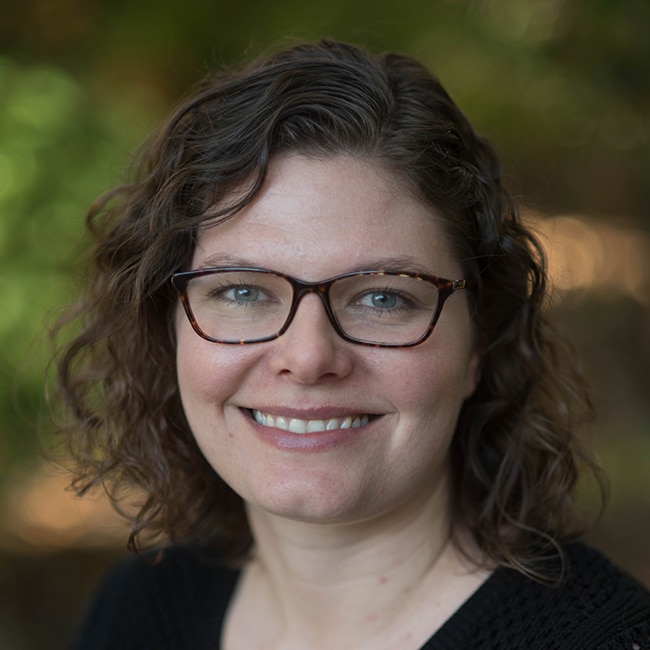
Magdalena R. Osburn
Department of Earth and Planetary Sciences, Northwestern University
Discipline: Geosciences
Microbes are the catalysts and engines that drive major element cycles on Earth, yet the vast majority of microbes are known only as DNA sequences. The Osburn Lab seeks to cultivate environmental microbes from deep underground to better understand both the microbes and their role in shaping the Earth.
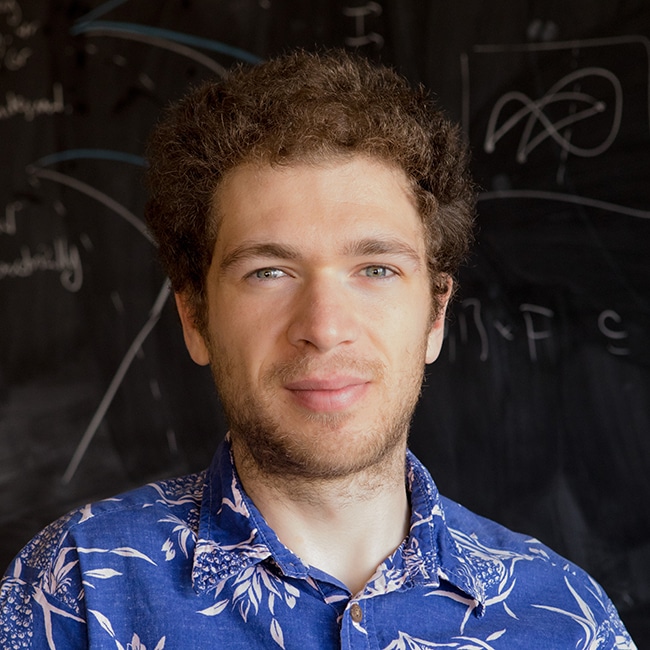
John V. Pardon
Department of Mathematics, Princeton University
Disciplines: Mathematics
Pardon’s research explores problems in geometry and topology (the study of shapes up to continuous deformation) and related fields. Although topological problems are insensitive to the geometry of objects in question, geometric structures often play an unexpected role in the answer to topological questions.
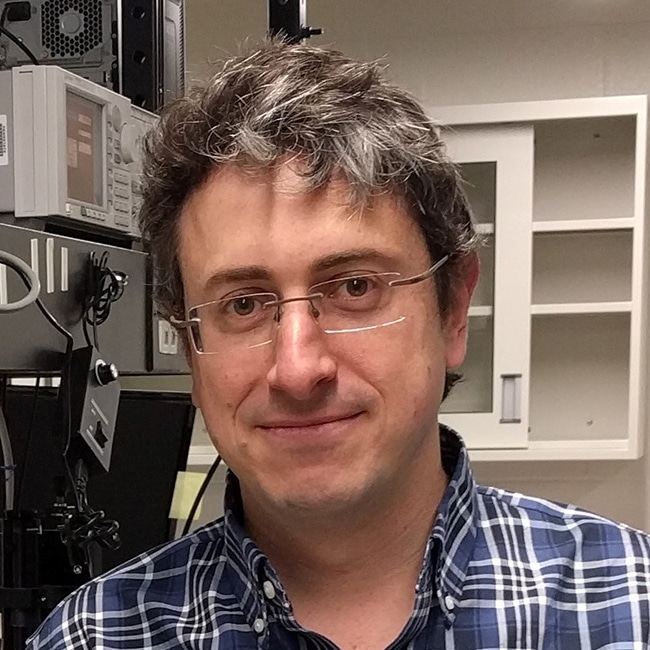
Mikael C. Rechtsman
Department of Physics, Pennsylvania State University
Discipline: Physics
Rechtsman’s lab studies the physics of light propagating through complex structures, combining experiments and theory to study the interplay between structure and function. They seek to demonstrate new fundamental physics, as well as device designs that have potential application in medical imaging, high-power lasers, and solar energy.
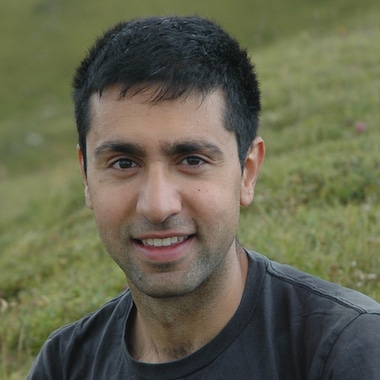
Amir Safavi-Naeini
Department of Applied Physics, Stanford University
Discipline: Physics
Current electronic circuits are ill-suited for the emergence of quantum information. Safavi-Naeini’s group develops chips that process photons (light and microwaves) and phonons (mechanical motion) in the quantum regime, enabling fundamentally new functionality. His research seeks to form the basis of future quantum networks, sensors, and distributed quantum computers.
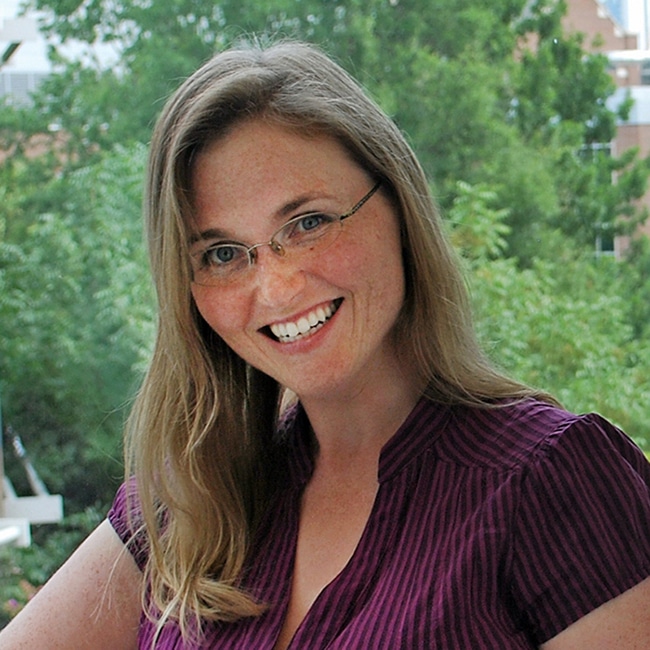
Annabelle C. Singer
Department of Biomedical Engineering, Georgia Institute of Technology
Discipline: Neuroscience
Singer’s research uses novel techniques to identify and restore failures in brain activity that lead to memory impairment. Using non-invasive approaches, she is translating her discoveries from rodents to develop radically new ways to treat diseases that affect memory in humans, like Alzheimer’s.
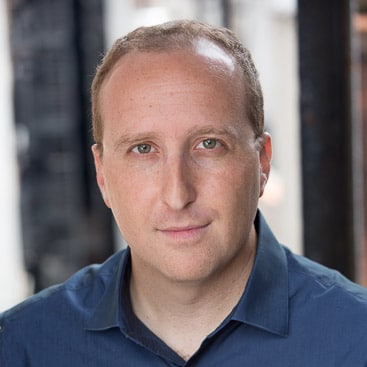
Michael Yartsev
Department of Bioengineering, University of California, Berkeley
Discipline: Neuroscience
What is it about the human mammalian brain that allows us to learn our language? The Yartsev lab studies the neural basis of complex spatial and acoustic behaviors, and uses cutting-edge technologies to examine one of the only known vocal learning mammals: the bat. Yartsev’s lab hopes to uncover the mysterious neurobiological underpinning of language learning in the mammalian brain.
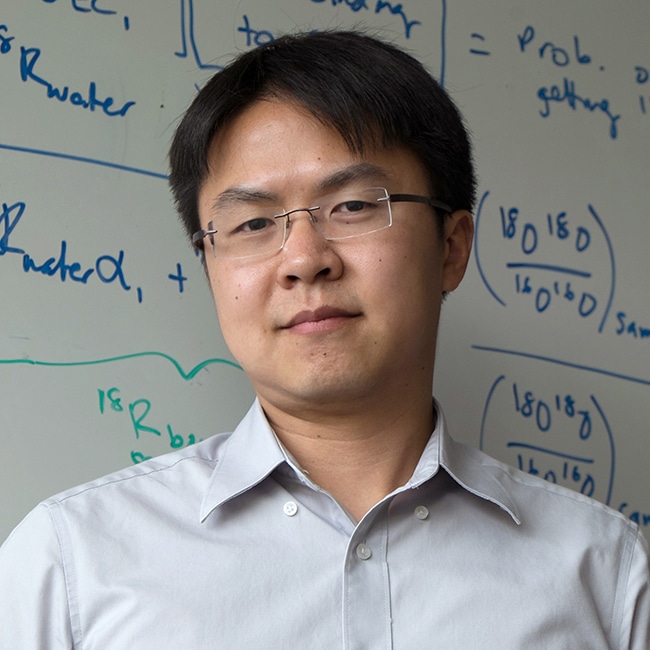
Laurence Yeung
Department of Earth, Environmental, and Planetary Sciences, Rice University
Discipline: Geosciences
What can the atmosphere tell us about the state of a planet? Using the Earth as a test case, Yeung is developing a toolkit for uncovering how a planet’s atmosphere can broadcast its geological, biological, and climatic machinery through patterns in its chemical and isotopic composition.
